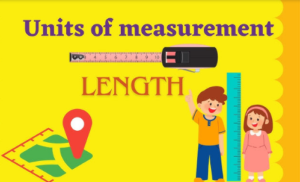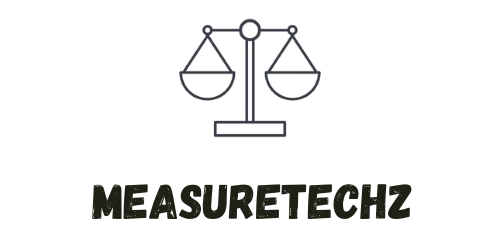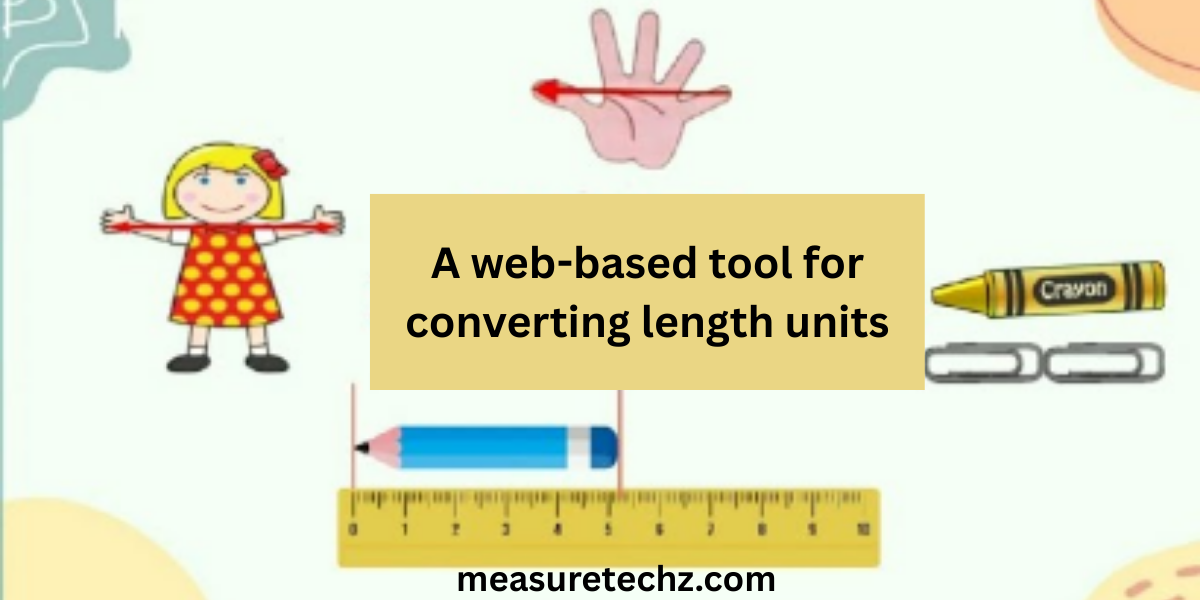In today’s interconnected world, precise measurement conversions are essential across various fields, from engineering and construction to education and daily tasks. A web-based tool for converting length units have emerged as invaluable resources, offering quick and accurate conversions between different units of length. This article delves into the significance of these tools, their functionalities, and how to effectively utilize them.
Understanding Length Measurement Units

Length measurements have evolved over time, resulting in a diverse array of units used globally. The two primary systems are:
- Metric System: Widely adopted worldwide, it includes units such as millimeters (mm), centimeters (cm), meters (m), and kilometers (km).
- Imperial System: Predominantly used in the United States, featuring units like inches (in), feet (ft), yards (yd), and miles (mi).
Additionally, specialized fields employ unique units:
- Astronomical Unit (AU): Represents the average distance between the Earth and the Sun, approximately 149.6 million kilometers, used in astronomy.
- Light-Year: Denotes the distance light travels in one year, about 9.461 trillion kilometers, also used for astronomical distances.
- Parsec: Equal to about 3.26 light-years, used in astronomy for measuring interstellar distances.
- Angstrom (Å): Measures atomic and molecular distances, equal to 0.1 nanometers.
- Fathom: A maritime unit equal to 6 feet or 1.8288 meters.
- Cubit: An ancient unit based on the length of the forearm, approximately 45.72 cm.
The Importance of Accurate Length Conversions
Accurate length conversions are crucial for:
- Engineering and Construction: Ensuring structural integrity by converting measurements between systems.
- Education: Assisting students in understanding and applying different measurement units.
- International Trade: Facilitating transactions by standardizing measurements across countries.
- Daily Life: Helping with tasks like fabric measurements, furniture dimensions, and travel distances.
Features of Effective Web-Based Length Conversion Tools
An ideal online length converter should offer:
- Comprehensive Unit Coverage: Ability to convert between a wide range of units, including both common and specialized measurements.
- Accuracy: Utilization of standard conversion factors to ensure precise results.
- User-Friendly Interface: Intuitive design for easy input and retrieval of information.
- Customization Options: Flexibility to select and prioritize frequently used units.
- Additional Resources: Provision of conversion tables, formulas, and explanations to enhance user understanding.
How to Use an Online Length Converter
To effectively use a web-based length converter:
- Select the Input Unit: Choose the unit of the measurement you have.
- Select the Output Unit: Choose the unit to which you want to convert.
- Enter the Value: Input the numerical value of your measurement.
- Initiate Conversion: Click the convert button to obtain the result.
For example, to convert 25 meters to feet:
- Input Unit: Meters (m)
- Output Unit: Feet (ft)
- Value: 25
After conversion, the result will be approximately 82.021 feet, using the conversion factor 1 meter ≈ 3.28084 feet.
Popular Web-Based Length Conversion Tools
Several online tools facilitate length conversions:
- UnitConverters.net: Offers conversions between 93 units of length, including both metric and imperial units.
- Calculife.com: Provides a comprehensive length converter with explanations of various units, including historical and specialized measurements.
- Mini Web tool: Features an interactive length converter with a user-friendly interface, supporting multiple units.
- Geeks for Geeks Length Converter: An educational tool that offers length conversions along with informative articles on measurement units.
- UnitBuddy.com: A fast and accurate unit conversion tool covering length, area, weight, volume, temperature, and height.
Tips for Accurate Length Conversions
- Understand Conversion Factors: Familiarize yourself with basic conversion factors between units.
- Use Reliable Tools: Ensure the converter you use is reputable and up-to-date.
- Double-Check Results: Verify critical conversions manually or using a second tool.
- Be Aware of Unit Contexts: Some units may have different values in various contexts (e.g., survey feet vs. international feet).
Conclusion
Web-based length conversion tools are indispensable for accurate and efficient measurement translations across various fields and daily activities. By understanding the different units and utilizing reliable online converters, users can ensure precision in their work and studies. Always prioritize accuracy by selecting reputable tools and double-checking critical conversions.

